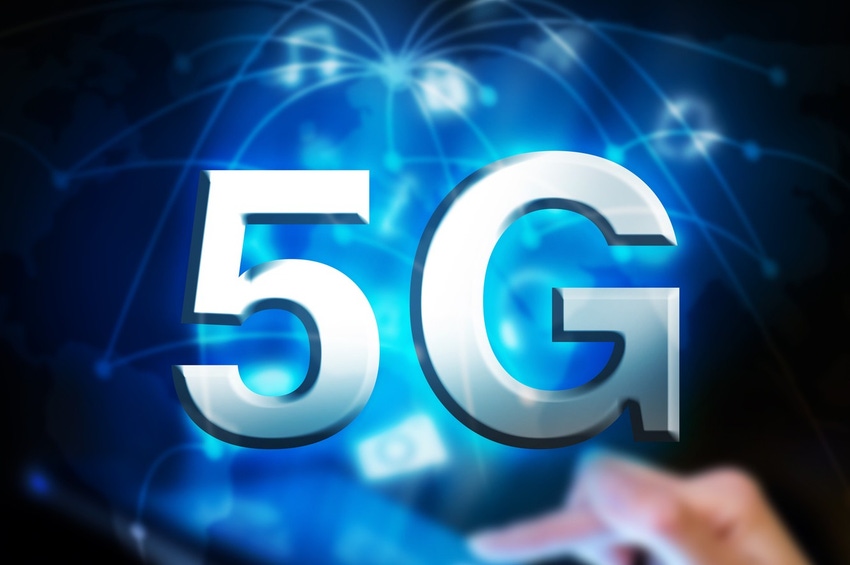Everyone likes a bit of network slicing but a common complaint is that it’s just not federated enough. Now those dark days are behind us.
February 15, 2017

Everyone likes a bit of network slicing but a common complaint is that it’s just not federated enough. Now those dark days are behind us.
SK Telecom, Deutsche Telekom and Ericsson has done a demo of what they claim is the world’s first intercontinental 5G trial network. This piece of globe-trotting was enabled, apparently, by federated network slicing, which allows sharing of network slices between different operators.
”5G is not just a faster network. 5G will provide extreme user experience anywhere and anytime, even when the user roams across different operators globally”, said Alex Jinsung Choi, CTO of SK Telecom, possibly coining the term ‘extreme user experience’. “Federated network slicing will enable seamless platform sharing amongst operators at a global scale for continuous and guaranteed user experience.”
“Our customers are demanding global connectivity with a unified service experience,” said Bruno Jacobfeuerborn, CTO of Deutsche Telekom. “Network slicing is envisaged as a key enabler to support multiple services in the 5G era. Today’s breakthrough shows we can extend that concept to ensure optimized service experiences with global reach for our customers.”
“5G is the network for all industries,” said Ulf Ewaldsson, Chief Strategy and Technology Officer at Ericsson. “Network slices in the context of 5G will be like ‘virtual networks on-demand’. With this world’s first intercontinental 5G trial network, we truly demonstrate the provisioning of network slices to global customers when abroad.”
So ‘federated’ seems to be a way of saying ‘compatible with other networks’. Network slicing is considered a key component of 5G as it promises to allow a number of diverse applications to all operate optimally. Some might require maximum bandwidth, others low latency and others low power, but few will require all three at once. As with all other aspects of any global technology standard, this needs to function seamlessly across all networks.
‘A pre-requisite for federated network slicing for 5G is an enhanced cooperation model where operators open up their network to host partner services,’ says the announcement. ‘The home and visited operators must have agreements in place that enable the recreation of a given network slice in the visited network.
‘The demo featured an industrial maintenance use case involving a repair worker communicating via AR with support colleagues in a visited network. The scenario uses local breakout and edge cloud to enable the best service experience in terms of latency and throughput for the AR repairman.’
All three companies will be banging on about this at MWC at the end of this month.
Daily Poll
Who should take the lead on development of autonomous vehicles?
Car manufacturers (54%, 20 Votes)
A new segment will emerge (16%, 6 Votes)
Telecoms operators (11%, 4 Votes)
Software and AI companies (11%, 4 Votes)
Chip manufacturers (5%, 2 Votes)
Networking vendors (3%, 1 Votes)
Total Voters: 37
Who owns the data?
The driver (36%, 15 Votes)
Telecoms operators (24%, 10 Votes)
Car manufacturers (19%, 8 Votes)
Software and AI companies (19%, 8 Votes)
Insurance companies (2%, 1 Votes)
Total Voters: 42
About the Author(s)
You May Also Like








.png?width=300&auto=webp&quality=80&disable=upscale)


_1.jpg?width=300&auto=webp&quality=80&disable=upscale)


.png?width=800&auto=webp&quality=80&disable=upscale)